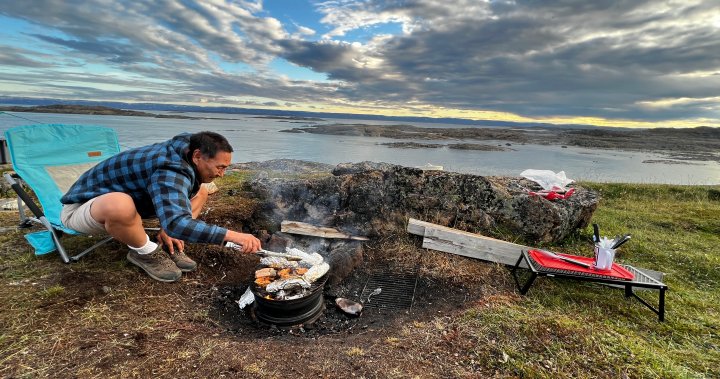
Inflation crisis: Soaring food prices in Canada’s North prompting hunters to find new food sources
Global News
On a recent visit to an Iqaluit food market, Global News found items being sold for up to three times the national average. Locals are working to find new food sources to cope.
If you thought food prices were out of control in your hometown, try grocery shopping in the North.
Record high inflation is sending food prices soaring to new heights in Canada’s northernmost communities, prompting local hunters and fishermen to take drastic steps to address the growing need.
“It’s very expensive – gas, even the price of hunting equipment is going up,” said Kowmagiak Mitsima, a fisherman in Iqaluit.
Mitsima grew up fishing for Arctic char, beluga whales and seals in the Sylvia Grinnell River. Whatever they couldn’t eat themselves, they would share with friends and extended family.
“Some of them don’t have any hunters in the family and some of them are elders,” he told Global News. “We share a lot. And I’m not the only one — a lot of other hunters do that.”
But that longstanding Inuit tradition of sharing one’s catch has fast become a lifeline for Mitsima’s remote northern city.
Long before the current inflationary crisis, Iqaluit was already home to some of the most expensive food in the country. Its long, cold winters and short, cool summers produce limited vegetation and mean food must be shipped in from the south.
There are no roads or rail lines into Nunavut; goods can only reach communities by air or – when the Arctic Ocean thaws – by sea, resulting in significant fuel costs and subsequent sticker shock at local grocery stores.











